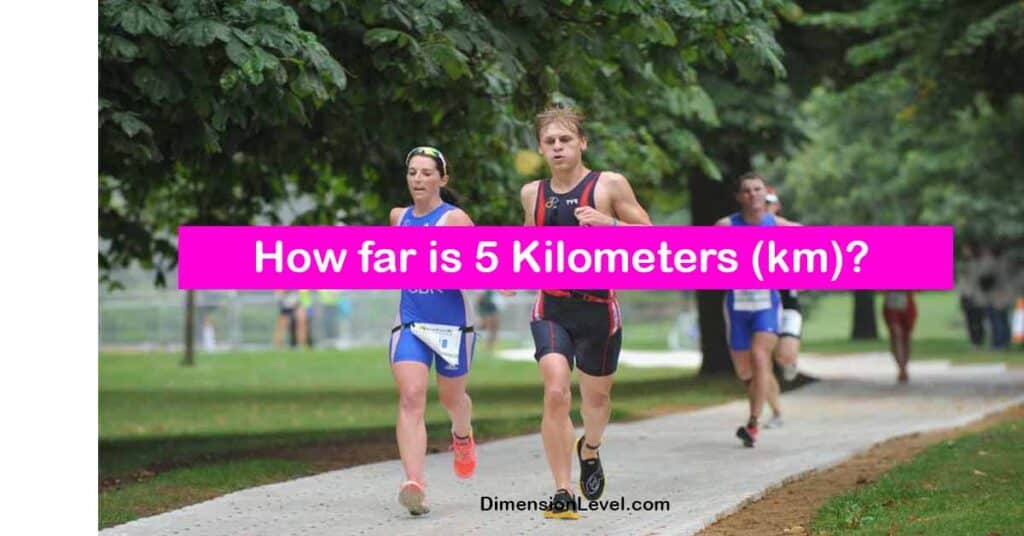In our daily lives, we often encounter distances, but sometimes it’s hard to grasp what they really mean. 5 kilometers (5 km) is a distance that comes up frequently, whether you’re planning a 5K race, estimating a walking route, or figuring out a quick driving trip. But how far is 5 km really?
Let’s dive into nine common comparisons that will help you visualize this distance in relatable terms.
Understanding 5 km in Different Contexts
Before we jump into our comparisons, let’s get a basic understanding of what 5 kilometers means in everyday situations.
How Far is 5 km to Walk?
When it comes to walking 5 km, the average person takes about 45 minutes to an hour, depending on their pace. This assumes a moderate walking speed of about 5 km/h (3.1 mph). For those engaging in brisk walking, the time could be closer to 40 minutes.
Here’s a breakdown of approximate walking times for 5 km based on different paces:
| Walking Pace | Approximate Time to Walk 5 km |
| Leisurely | 60-75 minutes |
| Moderate | 45-60 minutes |
| Brisk | 35-45 minutes |
| Power Walk | 30-35 minutes |
The benefits of regularly walking 5 km include:
- Improved cardiovascular health
- Better weight management
- Reduced risk of chronic diseases such as type 2 diabetes and heart disease
- Enhanced mental wellbeing and reduced stress levels
- Improved balance and coordination, especially in older adults
For those looking to incorporate a 5 km walk into their daily routine, consider:
- Walking to work if you live within a reasonable distance
- Taking a lunch break walk
- Evening walks with family or friends
- Weekend nature walks in local parks or trails
You Might Also Like How to Measure a Room for a Ceiling Fan (Step-by-step Guide)
How Long is 5 km in Minutes by Car?
When driving 5 km, the time it takes can vary significantly based on several factors:
- In urban areas with traffic lights and congestion, it might take 10-15 minutes.
- On open highways, you could cover 5 km in about 3-4 minutes at 60 mph.
- In rural areas with lower speed limits, expect a 5-7 minute drive.
Remember, these are just estimates. Actual driving times can be affected by traffic conditions, road quality, and speed limits.
Factors that can influence driving time over a 5 km distance include:
- Traffic congestion
- Number of intersections and traffic lights
- Speed limits
- Road conditions
- Weather conditions
- Time of day (rush hour vs. off-peak times)
While driving 5 km is generally quicker than walking, it’s worth considering the environmental impact. A short 5 km drive contributes to:
- Increased carbon emissions
- Higher fuel consumption
- More wear and tear on your vehicle
For short distances like 5 km, consider alternatives such as walking, cycling, or using public transportation when possible.
9 Tangible Comparisons to Visualize 5 km
Now, let’s explore nine relatable comparisons to help you better understand the distance of 5 kilometers.
1. 2X The High Line in New York City
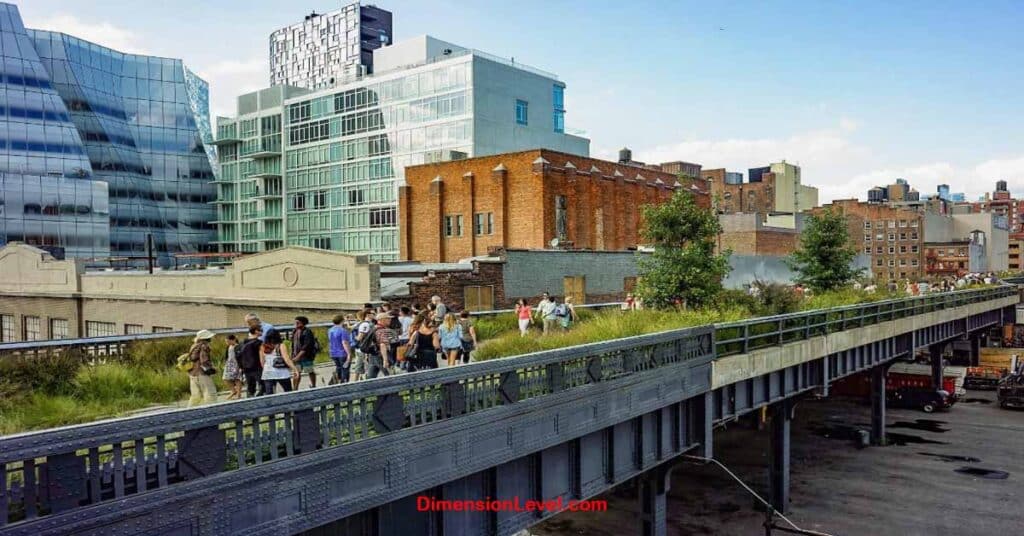
The High Line in New York City is a unique elevated walkway that runs through the west side of Manhattan. It’s approximately 2.3 kilometers (1.45 miles) long. To visualize 5 km, imagine walking the entire length of the High Line twice, with a little extra distance added.
Interesting facts about the High Line:
- It’s built on a former New York Central Railroad spur
- Features over 500 species of plants and trees
- Offers unique views of the urban landscape and public art installations
- Attracts millions of visitors each year
- Has spurred significant urban development in the surrounding neighborhoods
The High Line is not just a walkway, but a linear park that showcases:
- Innovative landscape design
- Seasonal plantings and gardens
- Art installations and performances
- Historical remnants of the railroad
- Views of the Hudson River and NYC skyline
Walking the High Line twice would give you:
- A comprehensive tour of this unique urban park
- Different perspectives of the surrounding neighborhoods
- Opportunity to see the park at different times of day
- A good sense of how long 5 km feels in an urban setting
You might be Interested How to Read a Tape Measure for Beginners? (The Easiest Way)
2. Distance of a Standard 5K Race

A 5K race is exactly 5 kilometers or 3.1 miles. These races have become incredibly popular for both serious runners and casual participants. They’re often used as fundraising events or as a gateway to longer distance running.
“The 5K distance is perfect for beginners. It’s long enough to be challenging but short enough to be achievable with proper training.” – Runner’s World
Typical 5K completion times based on different fitness levels:
| Runner Level | Approximate 5K Time |
| Beginner | 30-40 minutes |
| Intermediate | 25-30 minutes |
| Advanced | 18-25 minutes |
| Elite | Under 18 minutes |
- Accessible distance for most people
- Requires less training time than longer races
- Can be completed by both runners and walkers
- Often associated with charitable causes
- Provides a sense of accomplishment
- Can be a stepping stone to longer distances
Training for a 5K race typically involves:
- Gradually increasing running distance over several weeks
- Incorporating interval training for speed improvement
- Cross-training with activities like cycling or swimming
- Proper nutrition and hydration
- Rest and recovery days
Participating in a 5K race offers numerous benefits:
- Improved cardiovascular fitness
- Goal-setting and achievement
- Community engagement
- Stress relief
- Potential for weight management
3. Half the Central Park Loop
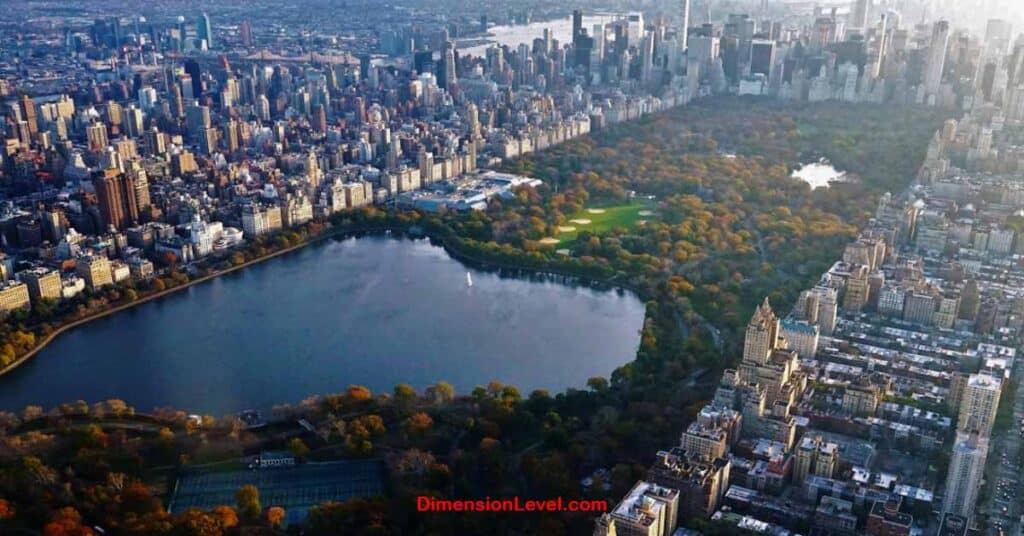
Central Park in Manhattan is a sprawling urban oasis. The full loop around the park, known as the Central Park Loop, is about 6.1 miles (9.8 km). Walking roughly half of this loop would give you a 5 km journey.
Along a 5 km walk in Central Park, you might encounter:
- The Bethesda Fountain and Terrace
- The Belvedere Castle
- The Central Park Zoo
- The Loeb Boathouse
- Several of the park’s famous statues and monuments
- The Great Lawn
- The Jacqueline Kennedy Onassis Reservoir
This comparison helps urban dwellers relate to the 5 km distance in terms of a familiar recreational space.
Central Park offers a variety of activities within a 5 km walk:
- Birdwatching (over 230 species have been spotted in the park)
- Boating on the lake
- Visiting the Central Park Carousel
- Exploring the Shakespeare Garden
- Watching street performers and musicians
- Picnicking on the Great Lawn
- Visiting the Central Park Mall and Literary Walk
The park’s design, by Frederick Law Olmsted and Calvert Vaux, masterfully combines natural landscapes with architectural elements, making every step of your 5 km walk an opportunity for discovery and appreciation of this urban marvel.
4. Two Times The Golden Gate Bridge

The Golden Gate Bridge in San Francisco is an architectural marvel and a beloved landmark. The bridge spans 2.7 kilometers (1.7 miles) across the San Francisco Bay. Imagine walking across this iconic bridge, then turning around and walking most of the way back. That’s about 5 kilometers!
Some interesting facts about the Golden Gate Bridge:
- It took four years to build (1933-1937)
- The bridge’s color is officially called “International Orange”
- It’s considered one of the Wonders of the Modern World by the American Society of Civil Engineers
- The bridge is 746 feet (227 m) tall
- It was the longest suspension bridge in the world until 1964
Walking the Golden Gate Bridge offers:
- Spectacular views of San Francisco Bay
- Opportunities to see marine life like seals and occasionally whales
- A chance to experience the bridge’s massive scale up close
- Views of Alcatraz Island and the Marin Headlands
The bridge’s construction was a remarkable feat of engineering:
- It used 1.2 million rivets
- The bridge can move up to 27 feet (8.2 m) side to side in strong winds
- It’s designed to withstand winds of up to 100 mph (161 km/h)
Walking the Golden Gate Bridge twice would not only give you a sense of the 5 km distance but also a deep appreciation for this engineering marvel and its place in the stunning landscape of the San Francisco Bay Area.
Explore this 10 Things That Have an Area of 70 Square Meters
5. Height of Mount Everest Base Camp
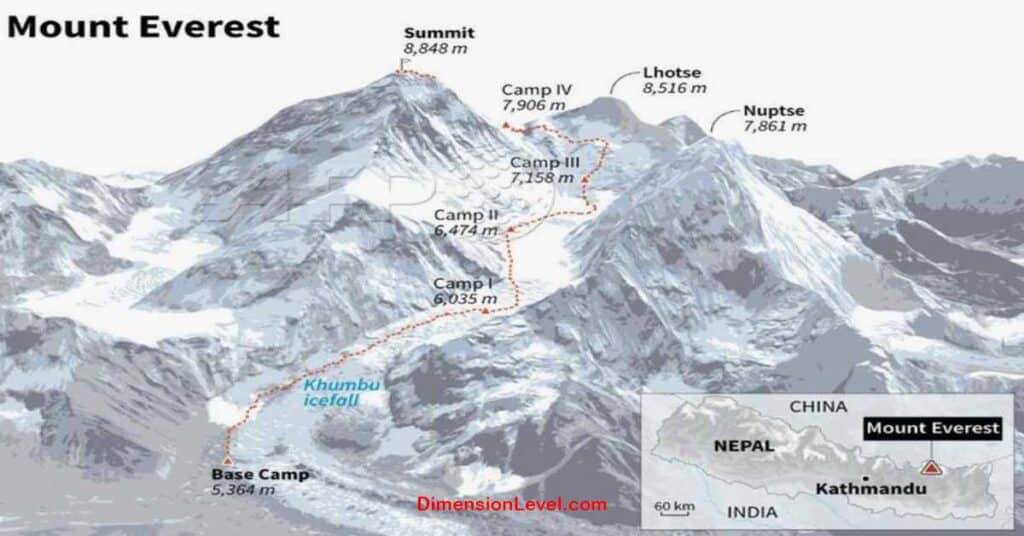
While not exactly 5 km, the height of Mount Everest Base Camp provides an interesting vertical comparison. The South Base Camp in Nepal is located at an altitude of about 5,364 meters (17,598 feet). That’s just slightly more than 5 km, but in a vertical direction!
Facts about Everest Base Camp:
- It’s a popular destination for trekkers and mountaineers
- The trek to Base Camp typically takes 12-14 days round trip
- It serves as an acclimatization point for climbers attempting to summit Everest
- The temperature at Base Camp can range from -15°C to 0°C (5°F to 32°F)
- The oxygen level at Base Camp is only about 50% of that at sea level
The journey to Everest Base Camp involves:
- Flying into Lukla airport, one of the most dangerous airports in the world
- Crossing suspension bridges over deep gorges
- Gradually ascending to allow for acclimatization
- Experiencing diverse landscapes from lush forests to rocky terrain
Challenges of reaching Everest Base Camp include:
- Altitude sickness
- Extreme weather conditions
- Physical endurance required for long days of hiking
- Basic accommodations in tea houses along the route
- Limited access to modern amenities
This comparison helps visualize the immense vertical scale of 5 km and the challenge of high-altitude trekking. It puts into perspective the tremendous feat of climbing Mount Everest, where climbers must ascend an additional 3,484 meters (11,430 feet) from Base Camp to reach the summit.
6. 2.5X the Kentucky Derby Race
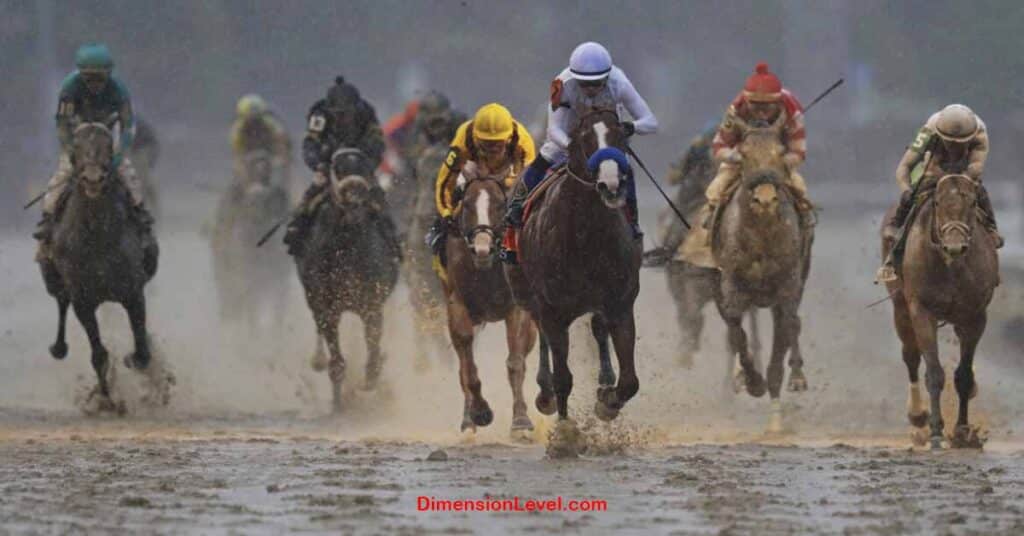
The Kentucky Derby, held annually at Churchill Downs in Louisville, Kentucky, is one of the most famous horse races in the world. The race distance is 1.25 miles (2 kilometers). To reach 5 km, you’d need to run the Kentucky Derby two and a half times!
Interesting Kentucky Derby facts:
- It’s known as “The Most Exciting Two Minutes in Sports”
- The race has been held every year since 1875
- The track at Churchill Downs is oval-shaped
- It’s the first leg of the American Triple Crown
- The winning horse is draped with a blanket of roses
The Kentucky Derby is more than just a race:
- It’s a major social event, attracting celebrities and politicians
- The traditional mint julep cocktail is closely associated with the event
- Elaborate hats are a fashion staple for women attending the Derby
- The song “My Old Kentucky Home” is sung before the race
- The winner receives a gold trophy in addition to a substantial purse
Comparing 5 km to the Kentucky Derby track helps visualize:
- The speed and endurance of thoroughbred racehorses
- The intensity of a short, high-speed race versus a longer distance
- The layout and scale of a world-famous racing venue
This comparison helps sports enthusiasts visualize 5 km in terms of a well-known racing event, while also highlighting the cultural significance of the Kentucky Derby in American sports history.
Read More About A Simple Guide to Understanding the Metric And Imperial Systems
7. Hyde Park
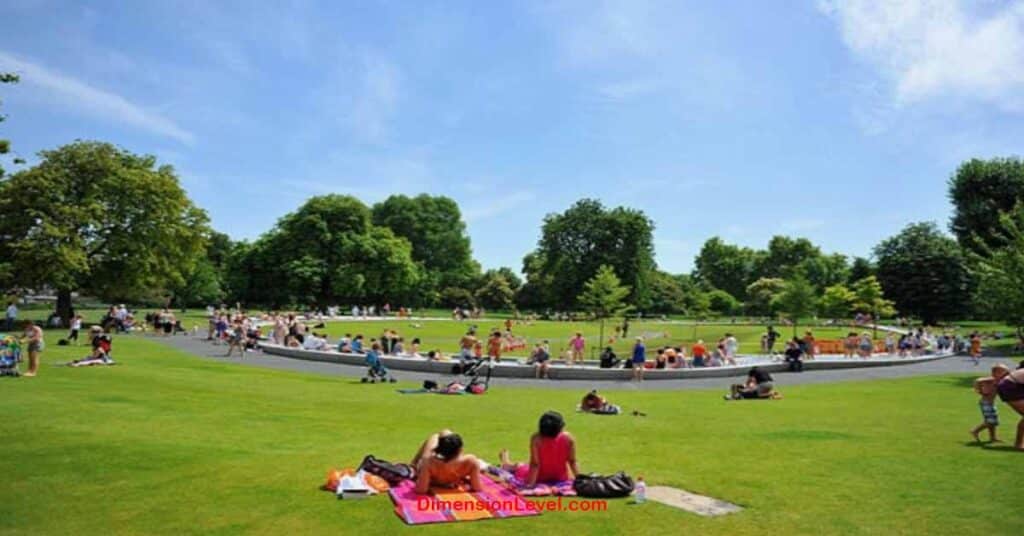
Hyde Park in London is one of the city’s largest parks, covering an area of 350 acres. While not a linear measurement, walking around the perimeter of Hyde Park would cover approximately 4.5 km, which is quite close to our 5 km target.
Hyde Park features:
- The Serpentine Lake
- Speakers’ Corner
- The Diana, Princess of Wales Memorial Fountain
- Kensington Gardens (adjacent to Hyde Park)
- The Albert Memorial
Historical significance of Hyde Park:
- It was established by Henry VIII in 1536
- It has been a venue for national celebrations and demonstrations
- During World War II, it was used for growing vegetables
- It hosted several events during the 2012 London Olympics
Activities available in Hyde Park:
- Boating on the Serpentine
- Horse riding
- Tennis
- Open water swimming
- Cycling
- Picnicking
This comparison helps relate 5 km to a famous urban green space, showcasing how much ground you can cover within a large city park. It also illustrates how 5 km can encompass a diverse range of landscapes and activities within an urban setting.
8. Distance of a Subway Line Segment
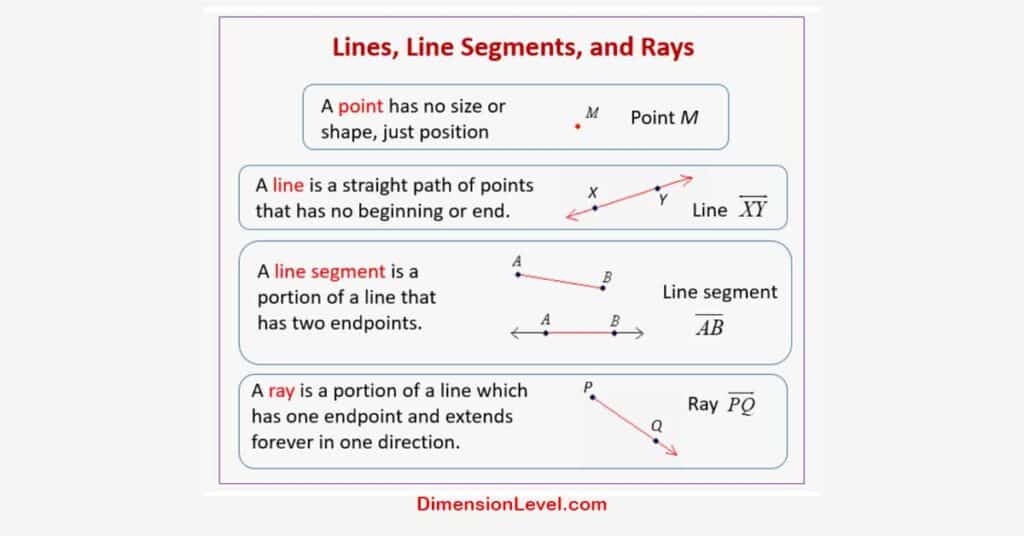
In New York City, the distance between Times Square and 125th Street on the 1 subway line is approximately 5 km. This journey:
- Takes about 13 minutes by subway
- Passes through 10 stations
- Travels under some of Manhattan’s most famous neighborhoods
Stations along this route include:
- Times Square – 42nd Street
- 50th Street
- 59th Street – Columbus Circle
- 66th Street – Lincoln Center
- 72nd Street
- 79th Street
- 86th Street
- 96th Street
- 103rd Street
- 110th Street
- 116th Street – Columbia University
- 125th Street
This subway journey takes you through diverse areas of Manhattan:
- The bustling theater district around Times Square
- The upscale Upper West Side
- Past cultural institutions like Lincoln Center
- Through the campus area of Columbia University
- Into the historically significant Harlem neighborhood
This comparison helps relate 5 km to urban transportation and subway travel. It provides a sense of how much ground can be covered quickly in a dense urban environment, and how 5 km can span several distinct neighborhoods in a major city.
9. 6,561 Walking Steps

On average, there are about 1,312 steps in a kilometer. So, 5 km would be roughly 6,561 steps. This can vary based on your stride length, but it’s a good approximation.
To put this in context:
- The average person takes 3,000-4,000 steps per day
- 10,000 steps is often cited as a daily goal for improved health
- 6,561 steps is a significant portion of this goal
Benefits of taking 6,561 steps (5 km) daily:
- Improved cardiovascular health
- Better weight management
- Reduced risk of chronic diseases
- Enhanced mental wellbeing
- Increased energy levels
- Improved sleep quality
Ways to incorporate 6,561 steps into your daily routine:
- Walking to work or part of the way to work
- Taking a walk during lunch break
- Using stairs instead of elevators
- Walking while on phone calls
- Parking farther away from destinations
- Walking a dog (yours or a neighbor’s)
This comparison is particularly useful for those who use step counters or pedometers for fitness tracking. It provides a tangible goal that can be measured throughout the day and gives a clear sense of personal achievement when reached.
Final Thoughts
As we’ve explored, 5 kilometers is a distance that appears in many aspects of our lives, from fitness goals to travel planning. By relating it to familiar landmarks, activities, and step counts, we can better grasp what this distance really means.
Remember:
- It’s about an hour’s walk at a moderate pace
- It’s the distance of a standard 5K race
- It’s roughly 6,561 steps
- It’s a distance you’d commonly encounter in daily life, whether walking, running, or driving
Understanding distances like 5 km enhances our spatial awareness and can be surprisingly useful in day-to-day situations. Whether you’re planning your next workout, estimating travel times, or just satisfying your curiosity, having these comparisons in mind can provide valuable context.
We encourage you to think about your own 5 km comparisons. What landmarks or routes in your local area are close to this distance? By personalizing these comparisons, you’ll develop an even better sense of what 5 kilometers really means to you.
Frequently Asked Questions (FAQs)
- How long does it take to walk 5 km? On average, it takes about 45-60 minutes to walk 5 km at a moderate pace. However, this can vary based on individual fitness levels and walking speed.
- How many calories do you burn walking 5 km? A person weighing 70 kg (154 lbs) will burn approximately 280 calories walking 5 km at a moderate pace. However, calorie burn can vary based on factors such as body weight, walking speed, and terrain.
- How long does it take to drive 5 km? Driving time for 5 km can vary greatly depending on traffic and road conditions, but it typically takes 5-15 minutes in urban areas and 3-5 minutes on highways.
- How many steps are in 5 km? On average, there are about 6,561 steps in 5 km, though this can vary based on individual stride length.
- Is 5 km a good distance for beginners to run? Yes, 5 km is an excellent distance for beginner runners. It’s challenging but achievable with proper training, and it’s the standard distance for many entry-level running events.
- How can I train for a 5K race? Start with a combination of walking and running, gradually increasing the running portions. Many training programs, such as “Couch to 5K,” can help beginners prepare for a 5K race over 8-12 weeks.
Read also How Long is 2 Miles? 10 Common Comparisons

Deborah Melindah is an experienced blogger passionate about exploring the world of dimensions. With a keen eye for detail and a talent for simplifying complex topics, she shares her knowledge on spatial concepts, measurements, and more. Deborah’s insightful posts make it easy for readers to grasp and apply dimensions in everyday life, whether for personal projects or professional pursuits.

